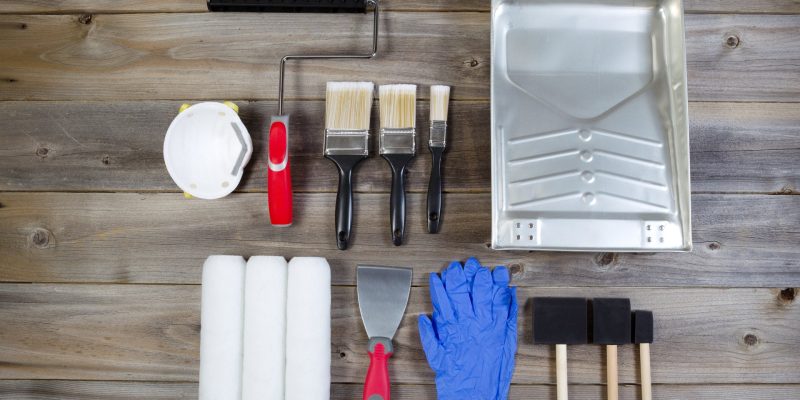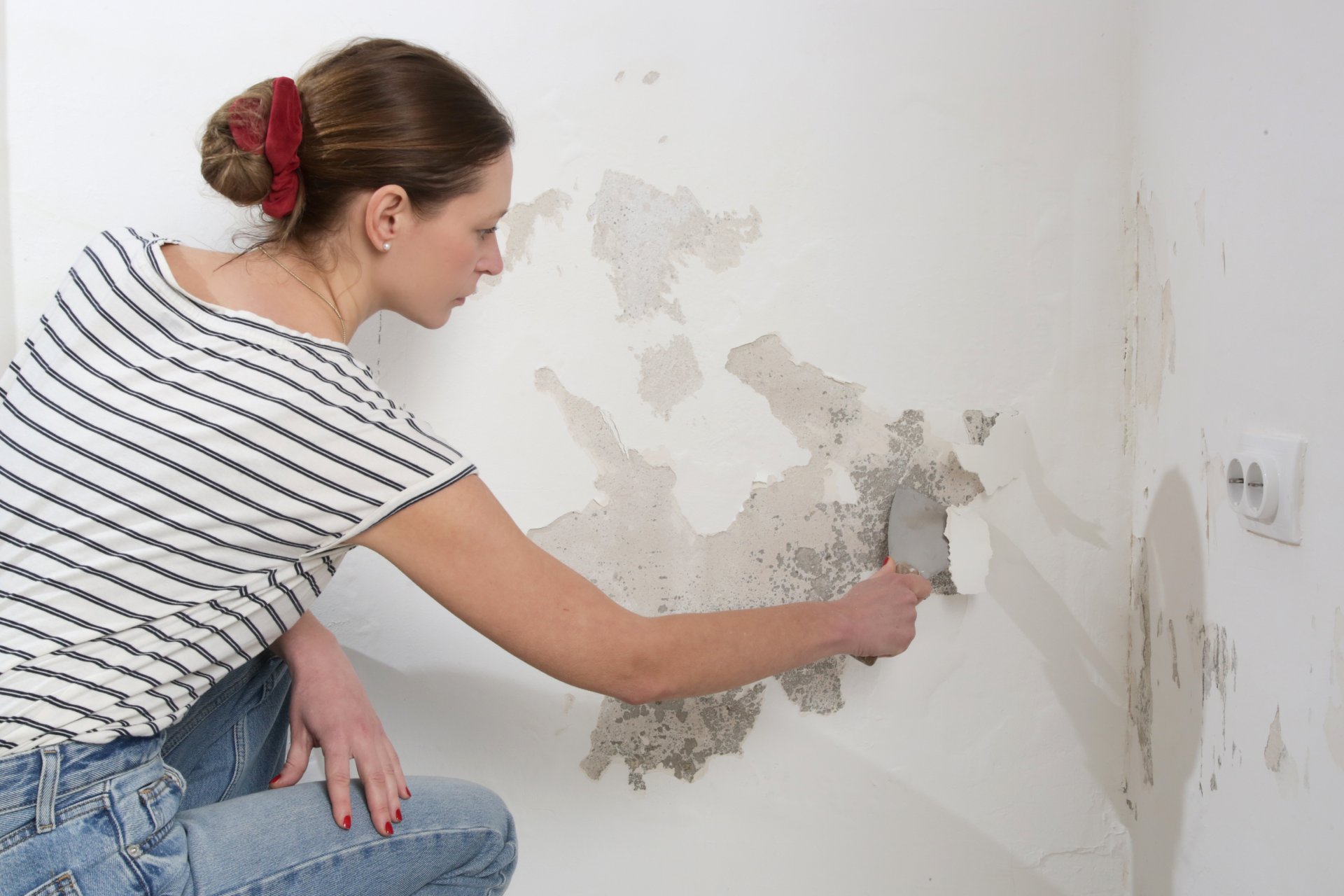Planning to paint your home, but don’t know where to start? Don’t sweat it. Our no-nonsense checklist below will help you get organized. Make sure you’ve got everything you need and avoid buying things you don’t need. Plus, avoid common mistakes
Use this comprehensive checklist to simplify your painting process and make it as smooth as possible. Once you’re done, revel in the transformation of your space and feel proud of the exceptional job you’ve accomplished.

A Little Prep Goes a Long Way
- Assess Your Needs: First, decide on the scope of your project. Consider the areas you plan to paint. Determine whether you’re updating a single room, one floor, or a full home repaint.
- Choose Your Colors: For inspiration, try our post 2024 Top Interior Painting Trends.
- Pick up one of those ever-so-tempting color fans from your local paint supplier, and check out color swatches in different lighting conditions at different times of the day.
- Consult with your favorite home decor expert for a professional point of view. You might be surprised to hear what they have to say.
- Take a look at our How to Choose Interior Paint Colors.
- Write It Down: Once you’ve made your decisions, write down the catalog numbers of which colors you’ll be using in which rooms. This will help you organize your purchases. Keep it on file for touch-ups .
- Calculate Paint and Supplies: Use a paint calculator like this one to estimate how much paint you’ll need. It’s better to have a little extra than to run out mid-project.
- Make a Shopping List: using your paint calculations, color list, and the supplies list below, make a list of everything you’ll need before you go to the store. This will help keep you on track and avoid unnecessary purchases.
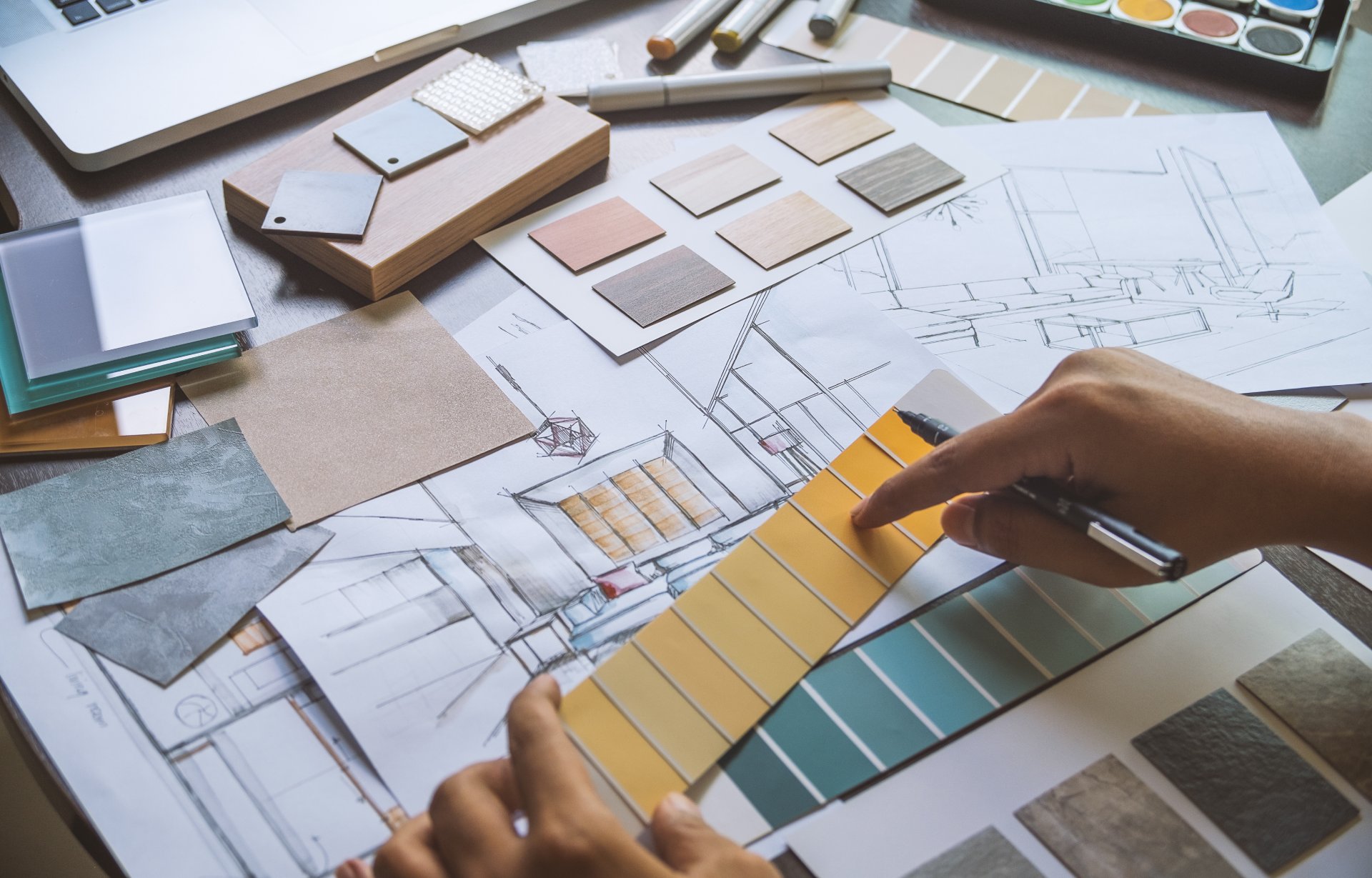
What You’ll Need
- Basic Supplies:
- Paint rollers, brushes, and trays
- Painter’s tape
- Drop cloths to protect floors and furniture
- Sandpaper for prepping surfaces
- Putty knife and spackle for minor wall repairs
- Safety Gear:
- Gloves
- Goggles
- Masks or respirators if you are sanding or using solvent-based paints
- Purchase Good Quality Paint: Quality paints offer better coverage and durability, so it’s worth investing here. Regarding primer, the experts at your local paint store will help you determine if it’s needed, and if so, what type to buy.
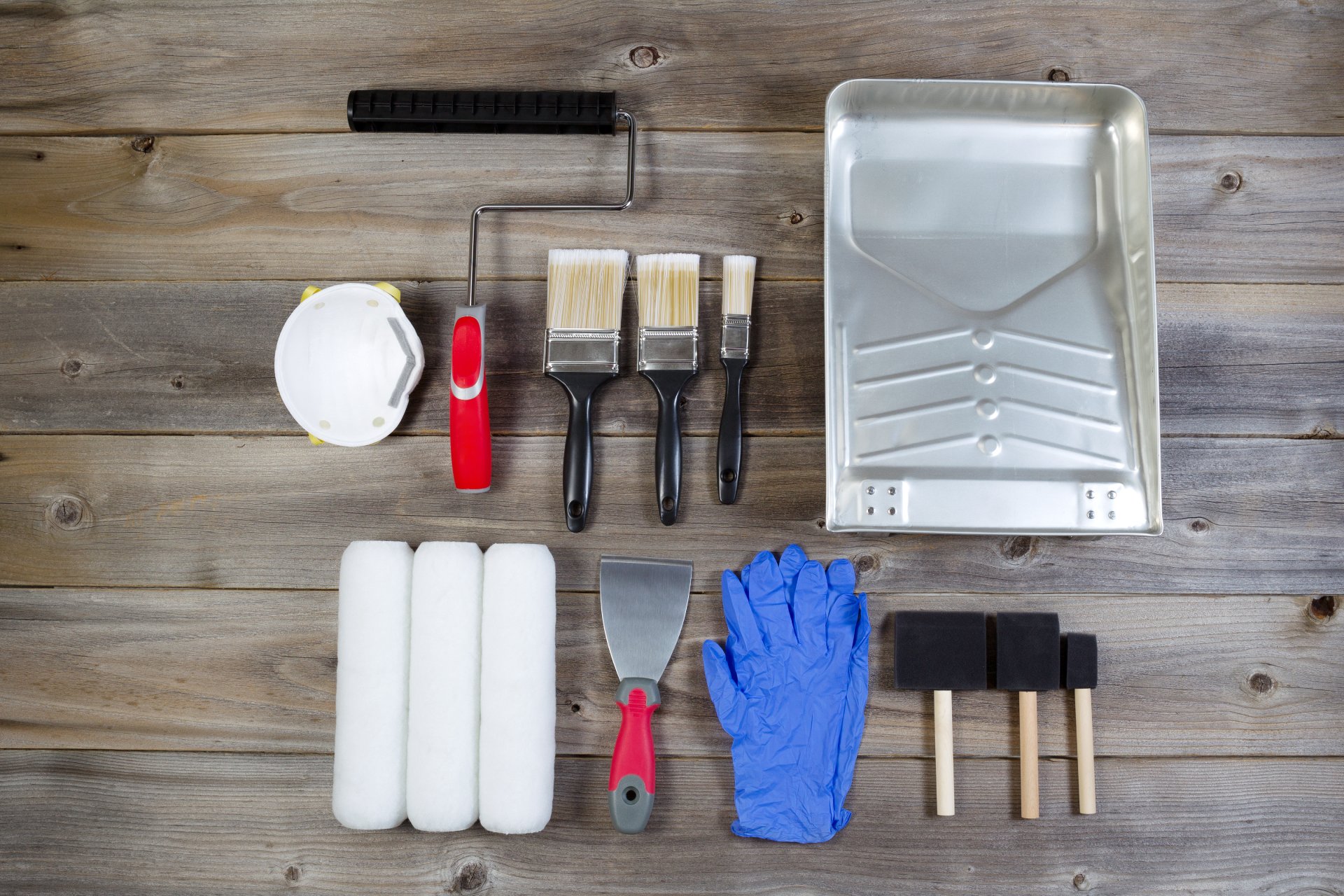

Before You Pick Up Your Brush
- Weather Check: For exterior painting, ensure the weather will be dry and mild for at least 24 hours before and after your project. In the Dallas area, we can count on good painting weather for most of the year, but it’s worth checking the forecast just in case, especially during the rainy season in winter.
- Prepare the Room:
- Move furniture away from walls. Save on cleanup by covering surfaces thoroughly with drop cloths. It’s worth doing a good cover-up job here. You really don’t want to get down on your hands and knees to remove annoying drips from your floor.
- Use painter’s tape to protect windowsills, door frames, and baseboards.
- Clean walls with mild soapy water, especially in kitchens and bathrooms, to remove any grease and dirt.
- Let the walls dry completely before continuing to the next step.
- Surface Preparation: Fill any holes or cracks with spackle, and sand smooth. Then clean the walls again and let dry. Now it’s time to apply primer. This ensures a uniform finish and optimal paint adhesion.
- Check Out Our Blog 7 Most Common Painting Mistakes and How to Avoid Them
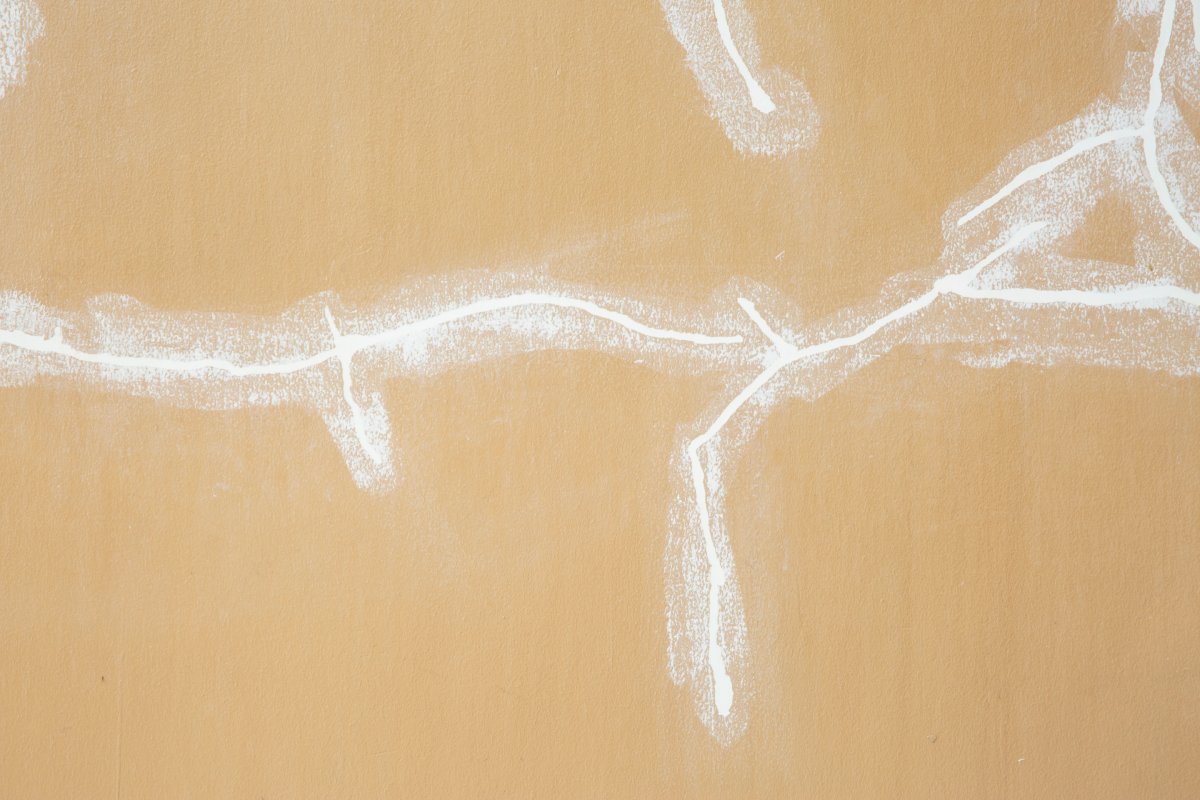
During Painting
- Mix Paint Thoroughly: Stir your paint well to ensure color uniformity. For large areas, consider using a mixing bucket to combine several cans of paint, ensuring a consistent color throughout the room.
- Apply with Care: Start from the corners and work your way out. Use brushes for edges and rollers for large wall spaces. Apply multiple thin coats, letting each one dry completely before applying the next.
- For Extra Credit, try our 7 Pro Tips to Up Your Interior Painting Game
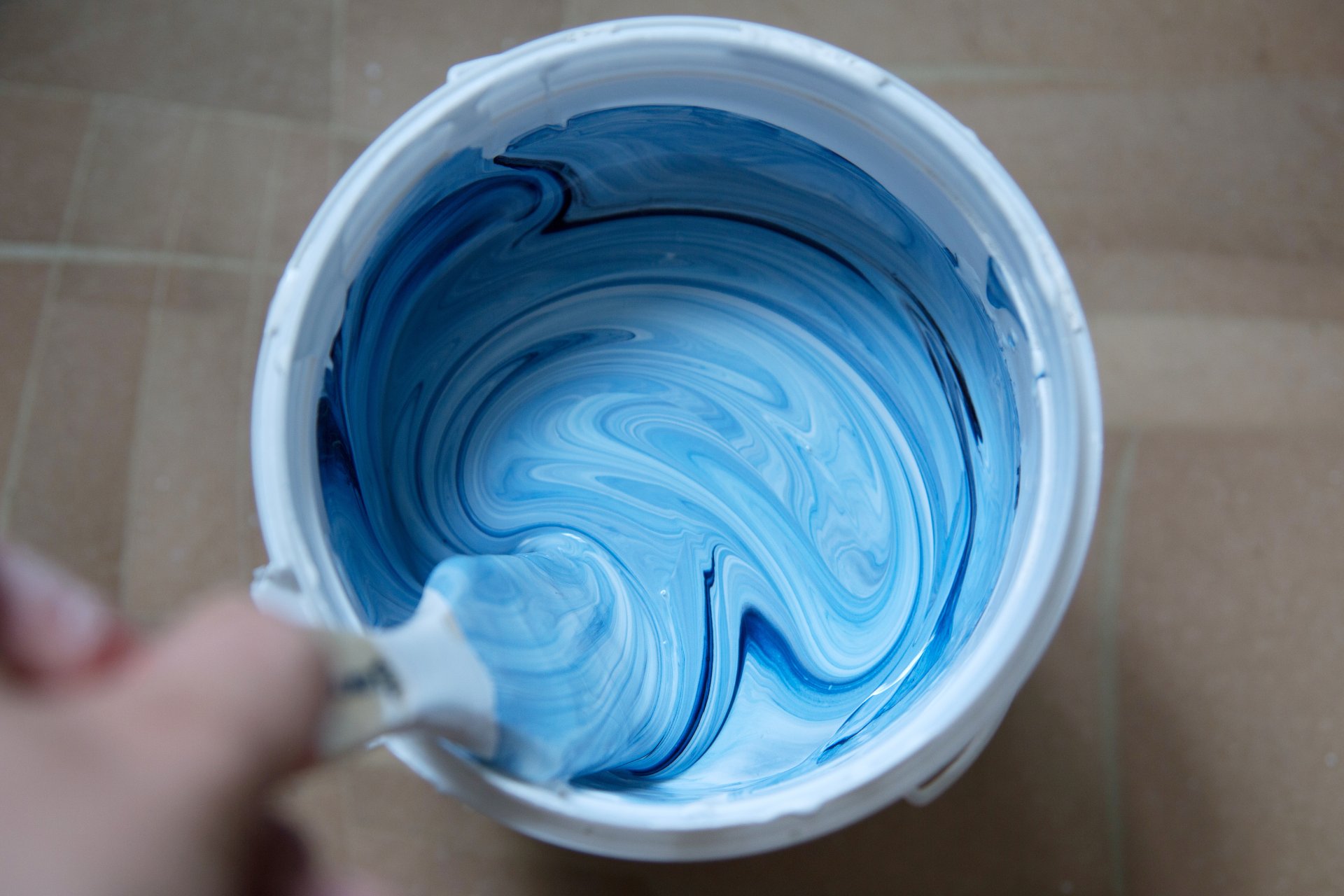
After Painting
- Clean Up: Wash brushes and rollers with warm soapy water, and properly dispose of any used painter’s tape and drop cloths.
- Ventilation: Keep windows open to air out the painted rooms and speed up the drying process.
- Touch-Ups and Storage: Keep leftover paint for future touch-ups. Label each can with the date and room.
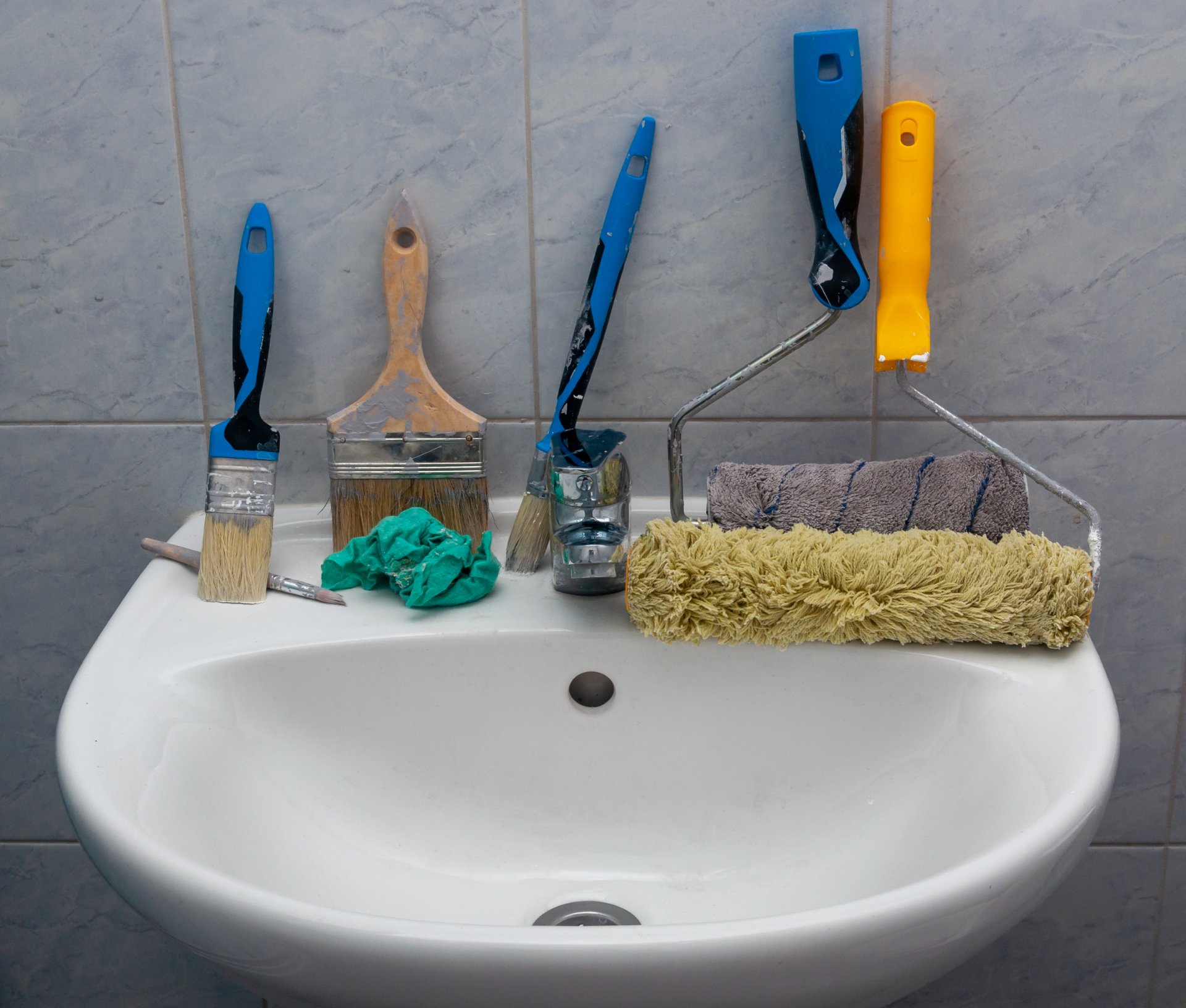
Wrap It Up
- Inspect Your Work: Once everything is dry, use a critical eye to check for any missed corners, edges, or uneven spots, and touch up as needed.
- Furniture Reset: Carefully move furniture back into place, removing drop cloths and cleaning any remaining dust or debris. Use a damp cloth to clean any drips from the floor.Follow this detailed checklist to ensure your painting project is streamlined and hassle-free. When finished, enjoy your newly refreshed space, and take pride in knowing you’ve done a spectacular job.
Follow this detailed checklist to ensure your painting project is streamlined and hassle-free. When finished, enjoy your newly refreshed space, and take pride in knowing you’ve done a spectacular job.
If you prefer to leave it to the experts, Dallas Paints is here to help. For more information or to schedule an appointment, click the link or call us at (214) 978-4400.
Reader comments:
Thanks so much for this checklist. It really helped me to be more efficient, especially the tip about writing down the colors for each room.

Awesome checklist! I printed out the list of supplies and took it with me on my shopping trip. You guys saved me serious dinero.

Previous
Next

